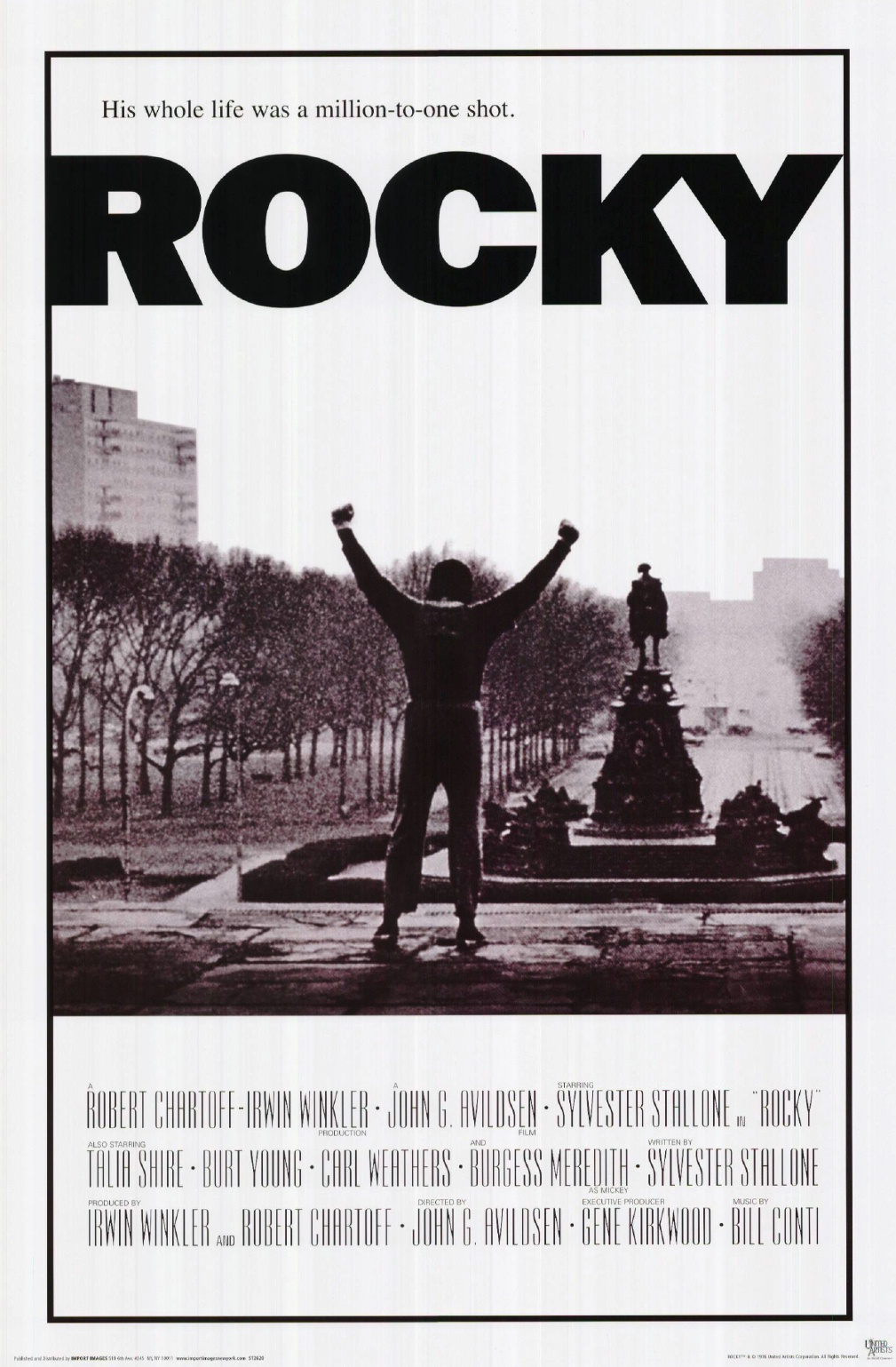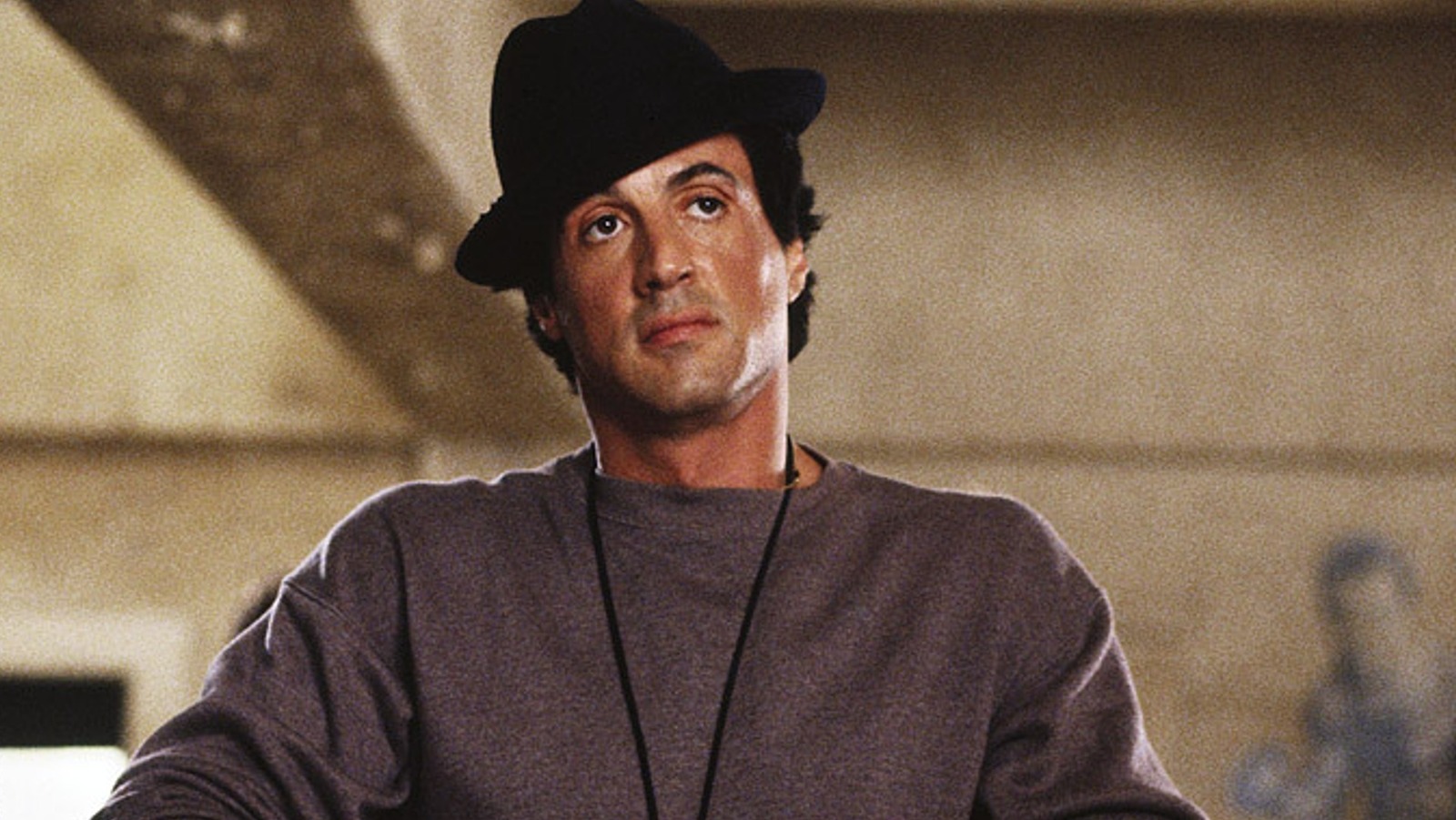Asian And Asian American Stories: Moving Beyond Stereotypes In Media

Table of Contents
The Perpetuation of Harmful Stereotypes in Media
The media’s depiction of Asians and Asian Americans is riddled with harmful stereotypes that limit and misrepresent the diverse experiences within these communities. These stereotypes not only perpetuate inaccurate perceptions but also contribute to real-world discrimination and marginalization.
The "Model Minority" Myth
The "model minority" myth, portraying Asians and Asian Americans as inherently intelligent, hardworking, and docile, is perhaps the most insidious stereotype. While seemingly positive, this myth is incredibly damaging. It ignores the struggles faced by many within these communities, erases the diversity of experiences, and sets unrealistic expectations.
- Examples: The overrepresentation of Asian characters as academically gifted but socially awkward individuals in sitcoms and movies. Advertisements featuring only highly successful Asian professionals, ignoring the struggles of those in lower socioeconomic brackets.
- Consequences: This stereotype creates immense pressure on individuals, fostering feelings of inadequacy and shame when they fail to meet these unrealistic expectations. It also leads to the erasure of struggles with poverty, mental health, and systemic discrimination. It fosters internalized racism and prevents open discussion of challenges.
The "Forever Foreigner" Stereotype
The "forever foreigner" stereotype paints Asian Americans as perpetual outsiders, regardless of their citizenship status or how long they've lived in the country. This pervasive stereotype suggests they are never truly "American," reinforcing feelings of alienation and otherness.
- Examples: Characters with heavily accented English, regardless of their actual fluency. Stories that consistently highlight their "foreignness" rather than their contributions to American society. The constant questioning of their origins and loyalty.
- Impact: This stereotype hinders social integration and belonging, creating a sense of disconnect and undermining their sense of identity as Americans. It can lead to subtle (and sometimes overt) discrimination in various aspects of life.
Hypersexualization and Fetishization
The hypersexualization of Asian women and the fetishization of Asian men are deeply harmful stereotypes with severe consequences. These representations reduce individuals to objects of sexual desire, ignoring their individuality and complexity.
- Examples: The portrayal of Asian women as submissive and exotic "dragon ladies" or hypersexualized geishas. The portrayal of Asian men as effeminate, asexual, or hyper-masculine and threatening.
- Consequences: These portrayals contribute to real-world objectification, fetishization, and sexual harassment. They fuel harmful stereotypes and contribute to a climate of disrespect and prejudice.
The Importance of Authentic and Diverse Representation
Moving beyond harmful stereotypes requires a fundamental shift towards authentic and diverse representation in media. This means amplifying diverse voices, showcasing the nuance of Asian and Asian American identities, and actively challenging harmful tropes through counter-narratives.
Amplifying Diverse Voices and Narratives
Centering Asian and Asian American creators and storytellers is crucial for ensuring authentic representation. Their lived experiences and perspectives are essential in shaping narratives that accurately reflect the diversity within these communities.
- Examples: The success of shows like "Everything Everywhere All at Once" and "Pachinko" demonstrate the power of authentic storytelling.
- Importance: Diverse casting choices beyond stereotypical roles are vital for reflecting the richness and complexity of Asian and Asian American communities.
Showcasing the Nuance and Complexity of Asian and Asian American Identities
It's vital to acknowledge the immense diversity within Asian and Asian American communities. Avoiding generalizations and monolithic portrayals is crucial; each individual’s background, ethnicity, and experiences are unique.
- Cultural Backgrounds: The Asian diaspora encompasses a vast array of cultures, including Chinese, Japanese, Korean, Indian, Vietnamese, Filipino, and many others, each with its own unique history and traditions.
- Individual Identities: Representation must capture the complexity of cultural and individual identities, acknowledging the intersectionality of race, ethnicity, gender, class, and sexual orientation.
Challenging Stereotypes Through Counter-Narratives
Media can actively challenge harmful stereotypes by presenting positive and complex representations of Asian and Asian American characters. These counter-narratives are essential in reshaping public perceptions.
- Examples: Films and TV shows that portray Asian and Asian American characters as multifaceted individuals with their own struggles, aspirations, and triumphs.
- Social Change: Counter-narratives are powerful tools for social change, promoting empathy, understanding, and challenging ingrained biases.
Strategies for Promoting Better Representation
Addressing the issue of stereotypical portrayals requires a multi-pronged approach involving media critics, audiences, and the industry itself.
The Role of Media Critics and Reviewers
Media critics and reviewers play a vital role in holding media producers accountable for harmful stereotypes. Their analysis and critiques can influence public opinion and shape industry practices.
The Power of Audience Engagement and Advocacy
Viewers have significant power to demand better representation. Speaking out against harmful representations and supporting inclusive media is crucial.
- Advocacy Strategies: Writing to producers, boycotting problematic content, supporting inclusive media, and engaging in constructive dialogue are effective strategies.
Industry Initiatives and Policy Changes
Industry organizations and policy changes can promote diversity and inclusion by setting standards for representation and providing support for diverse creators.
Asian and Asian American Stories: A Call for Change
This article has highlighted the pervasiveness of harmful stereotypes in the portrayal of Asians and Asian Americans in media and emphasized the urgent need for authentic and diverse representation. By demanding better Asian and Asian American stories, we can collectively contribute to a more equitable and inclusive media landscape. The future of Asian and Asian American representation in media is not predetermined; it is shaped by our collective actions and demands for authentic storytelling. Let's actively seek out and support media that accurately and respectfully portrays these diverse experiences. Let's champion Asian and Asian American stories that reflect the richness and complexity of these communities.

Featured Posts
-
 Alex Winters Early Career The Unknown Mtv Shows Before Freaked
May 12, 2025
Alex Winters Early Career The Unknown Mtv Shows Before Freaked
May 12, 2025 -
 Uruguay The Undiscovered Gem For International Film Shoots
May 12, 2025
Uruguay The Undiscovered Gem For International Film Shoots
May 12, 2025 -
 Improving Asylum Shelter Organization Advisory Councils Advocate For E1 Billion Cost Reduction
May 12, 2025
Improving Asylum Shelter Organization Advisory Councils Advocate For E1 Billion Cost Reduction
May 12, 2025 -
 Virginia Giuffres Shocking Claim 4 Days To Live
May 12, 2025
Virginia Giuffres Shocking Claim 4 Days To Live
May 12, 2025 -
 The Complex Interplay Between Apple And Googles Market Strategies
May 12, 2025
The Complex Interplay Between Apple And Googles Market Strategies
May 12, 2025
Latest Posts
-
 The Most Emotional Rocky Film Stallones Choice And Why It Matters
May 12, 2025
The Most Emotional Rocky Film Stallones Choice And Why It Matters
May 12, 2025 -
 Which Rocky Movie Touches Stallone The Most His Emotional Favorite Revealed
May 12, 2025
Which Rocky Movie Touches Stallone The Most His Emotional Favorite Revealed
May 12, 2025 -
 Rocky Franchise Stallone Reveals His Most Emotional Favorite
May 12, 2025
Rocky Franchise Stallone Reveals His Most Emotional Favorite
May 12, 2025 -
 Stallones Pick The Most Emotionally Powerful Rocky Film
May 12, 2025
Stallones Pick The Most Emotionally Powerful Rocky Film
May 12, 2025 -
 One And Done Sylvester Stallones Single Non Acting Directing Venture
May 12, 2025
One And Done Sylvester Stallones Single Non Acting Directing Venture
May 12, 2025
